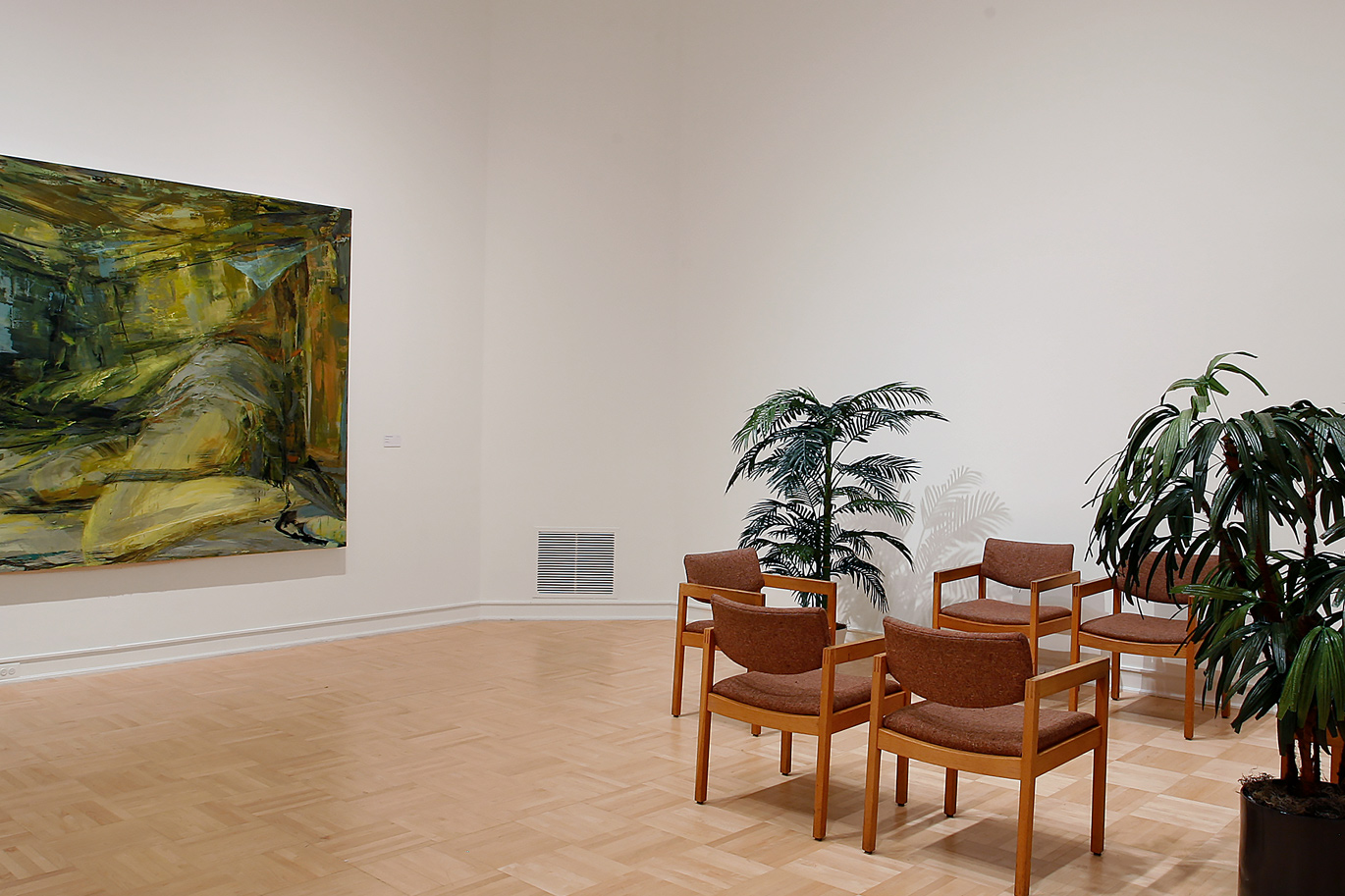Native Women Artists of North America
- Autumn 2021
Syllabus Description:
AH435/533, Fall 2021
Monday, Wednesday 10 - 11:20, Burke Museum, East classroom
Katie Bunn-Marcuse
kbunn@uw.edu
Office hours: I am available after class on Mondays and by appointment
For Course Goals, Grading, Policies, and Assignments, jump to the Course Information Page
For weekly reading assignments, jump to Weekly Readings and Assignments
Land Acknowledgment: I would like to acknowledge that I live and work in Salish territory, specifically the lands of the Suquamish and Duwamish and the shared lands and waters of the Tulalip, Muckleshoot, and other Coast Salish nations. There is a long history of education on this land dating to long before the establishment of this university. I encourage the University to promote respect for and engagement with Indigenous ways of knowing tied to the lands and people of this region. I encourage everyone to learn about and amplify the work of the Indigenous nations whose land you are on and to endeavor to support Indigenous sovereignty in all the ways that you can.
Indigenous Women Artists of North America
| The majority of artworks created in Indigenous communities over time have been made by women. Scholarship has overlooked or diminished their contributions to the artistic heritage of their communities and to the countries now known as the United States and Canada. We will correct that. |
Hearts of Our People: Native Women Artists
Hearts of Our People: Native Women Artists was a Minneapolis Institute of Arts exhibition with a ground-breaking curatorial strategy directed by a board of over twenty Native women artists and Native art scholars. The catalog for this exhibition, including over forty essays all by women artists and scholars, will be the primary text for this class, augmented by additional articles, guest speakers, films, and fieldtrips.
Themes – these themes will reassert themselves throughout the class and through discussions of these across various geographic and temporal spheres, students will gain a familiarity with important artists from the past century through today and a critical understanding of the historiography of Native women’s art history.
 |
The CanonThis unit will lay the groundwork for the course by looking at the idea of the “canon” in of art history. How did it develop? Who was included or excluded and who made these decisions? As well, we will discuss whether we can, or if we should, consider an “Indigenous canon” and what that implies and what consequences flow from it. |
America Meredith (Cherokee), Bambi Makes Some Extra Bucks Modeling at the Studio, acrylic on masonite, 2002
Indigenous AestheticsCan there be a useful understanding of “Indigenous aesthetics” or is that too broad for so many autonomous cultural practices? What about a category of “Native feminine aesthetics”? We will read the work and hear from Indigenous scholars asserting the value of these categories.
|
Lakota Box and Border robe, buffalo hide, 19th century
|
Legacy Many Native artists feel they stand within a continuum that transcends lineal chronologies. Techniques, aesthetics and knowledge systems can transcend time and space linking past, present, and future generations. Awareness of this legacy is also an awareness of the resiliency of past artists surviving through colonial persecutions and the responsibility this engenders for their contemporary creations. I |
RelationshipsKincentricity is a term that evokes the reciprocity and responsibility of the relationships between artist and community as well as between the artist and her environment, requiring stewardship of and being in relation to the plant and animal peoples. Kincentricity reflects the interconnection among people, animals, plants, and the elements in a world view that prompts greater accountability for all beings. |
Shan Goshorn, Hearts of Women, watercolor paper, acrylic paint, copper foil, 2015
|
Power In many Indigenous worldviews, women hold sacred, life-giving power as well as spiritual, political, and social powers through their roles in ceremony, knowledge holding, and leadership. These roles have been hidden through scholarship focused on patriarchal systems. We will examine how contemporary and historical artworks reveal the power of women in their communities. |
Rose B. Simpson (Santa Clara Pueblo), Maria, 1985 Chevy El Camino, 2014
For Course Goals, Grading, Policies, and Assignments, jump to the Course Information Page



